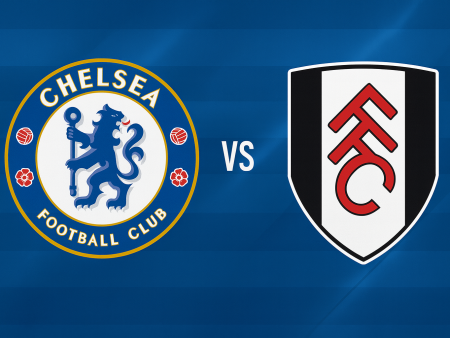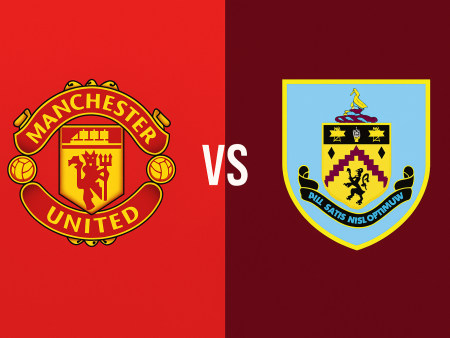Emma Hayes’ Chelsea: A Tactical Breakdown of the 2022-23 Season
Emma Hayes’ tenure at Chelsea has consistently delivered top honours in English women’s football, including recent triumphs in the FA Cup and the Women’s Super League (WSL). With the domestic double completed in consecutive campaigns, her focus is fixed on capturing the elusive UEFA Women’s Champions League trophy. This feature provides an in-depth look at Chelsea’s approach throughout the 2022-23 season, exploring how Hayes has maximized her star-studded squad through tactical evolution, squad management, and both attacking and defensive strategies.
Formation and Tactical Versatility
Chelsea’s tactical flexibility has long been a hallmark of Hayes’ approach. Historically favouring a back-three reminiscent of Antonio Conte’s successful men’s teams, Hayes shaped squads around the 3-4-1-2. However, the 2022-23 season has seen a shift towards a more consistent 4-2-3-1 structure, with the team also showcasing the ability to seamlessly adapt to systems such as the 3-4-2-1, 3-4-1-2, and 4-3-3 based on opponent and available personnel.
This flexibility enables Hayes to optimally deploy her depth of defensive talent. New arrival Kadeisha Buchanan, for example, competes with established centre-back pairing Millie Bright and captain Magdalena Eriksson, both long-serving defensive leaders. Eriksson is even capable of moving to left-back when needed, yet with fullbacks like Niamh Charles and Ève Périsset offering significant attacking threat, Chelsea’s defensive lineup is as formidable as it is versatile.
The breadth of options continues in the wing-back roles, with Lauren James able to provide direct attacking presence on the right and players like Jess Carter and Aniek Nouwen regularly pushing for first-team opportunities.
Midfield Structure and Roles
Chelsea’s midfield rotation reflects their squad’s quality and tactical discipline. The double pivot typically features the reliable Sophie Ingle as an anchor, complemented by Erin Cuthbert in a hybrid deep-lying playmaker and box-to-box role. This strong partnership often leaves Canadian international Jessie Fleming and other talented midfielders fighting for regular minutes—a testament to the side’s depth.
Ahead of the midfield duo, Fran Kirby serves as the creative hub, drifting into half-spaces to orchestrate attacks and link up with the likes of Guro Reiten on the left. Reiten excels as an inverted winger, consistently threading progressive passes into dangerous areas. The right-wing spot offers tactical flexibility, with Jelena Čanković, Johanna Kaneryd, and Lauren James each providing distinct attributes, ranging from positional intelligence to direct dribbling threats.
Chelsea’s attacking fluidity is further enhanced by the presence of Sam Kerr, one of world football’s elite forwards, whose movement off the ball and channel running consistently stretch defences and create scoring opportunities.
Defensive Philosophy and Pressing Mechanisms
Chelsea’s out-of-possession shape typically mirrors their formation—be it 4-2-3-1 or 3-4-1-2—and is defined by an aggressive front-footed approach. In the 4-2-3-1, for instance, Fran Kirby will frequently step forward to create a 4-4-2 pressing configuration, applying pressure on opposition centre-backs in tandem with the forward line.
The pressing intensity is central to Chelsea’s identity. Attackers like Kerr, Kirby, Reiten, and James spearhead vigorous efforts to regain possession high up the pitch, translating turnovers into quick chances. When the ball is lost, the nearest cluster of players quickly swarm the opponent in a coordinated counter-pressing system, a necessary tactic given that Chelsea’s rest defence often comprises only two centre-backs and a holding midfielder.
Wider areas, particularly when Niamh Charles pushes forward, can occasionally be exposed, making the decision to revert to a back-three at times a practical solution for extra security. When settled, Cuthbert and Ingle are excellent at screening the defence and shutting down central lanes, while fullbacks and wing players are effective at disrupting play along the flanks.
Through the middle, defenders like Bright and Buchanan demonstrate outstanding positional awareness, consistently covering for one another and limiting high-quality opportunities for opponents. Statistically, Chelsea maintain approximately 61% possession in the WSL while ranking among the league’s best for successful tackles—an indication of their ability to break up play in multiple zones.
Goalkeeper Ann Katrin-Berger remains largely untroubled in many matches thanks to the team’s ball dominance but has still delivered when called upon, posting an impressive save percentage.
Attacking Dynamics and Patterns
Emma Hayes’ Chelsea is defined by a sophisticated, multi-layered attacking system that leverages the creativity and technical prowess of its midfielders and forwards. Fran Kirby is the focal point in build-up play, frequently receiving progressive passes as she moves into pockets of space, especially the half-spaces between midfield and attack.
During the build-up from the back, Chelsea are adept at combining short, patient possession with incisive, vertical progression. Centre-backs—including Millie Bright, who is known for attempting longer passes—swing the ball across defensive lines to shift the opposition, while midfielders draw pressure and then quickly exploit the opened gaps by releasing runners such as Kerr or Kirby.
While Bright’s long distributions remain a tool, players like Buchanan and Eriksson excel in carrying the ball forward and picking controlled, progressive passes. Erin Cuthbert often dictates the rhythm from deep, using her energy to transition swiftly between defence and attack.
In advanced positions, Chelsea’s attackers thrive on one-touch combinations, rapid interchanges, and third-man runs. Kerr’s channel running, Kirby’s late movements, and Reiten’s sharp crossing and vision often lead to high-probability scoring opportunities.
Statistically, Jelena Čanković has made a rapid impact with her instinctive reading of spaces in the final third, while Kirby and Reiten are among the team’s most prolific contributors in goals and assists, emphasizing Chelsea’s multi-dimensional threat.
Wide overloads are frequently used—with Niamh Charles joining attacks from fullback, allowing Reiten to drift centrally and combine with playmakers. Even holding midfielder Sophie Ingle occasionally joins in to break down defensive blocks, making Chelsea unpredictable and difficult to defend.
Squad Depth and Selection Challenges
The club’s recruitment and squad development have resulted in a highly competitive environment. With new signings and recovering stars such as Pernille Harder, Hayes faces difficult selection choices each week. Whether maintaining the preferred back four or reverting to a back-three to field multiple playmakers or support injured players’ integration, Chelsea has the personnel to shift tactics without compromising performance.
The competition for midfield and forward roles ensures that even internationals like Čanković, Maren Mjelde, or Aniek Nouwen must vie for minutes, underlining both Chelsea’s strength in depth and the high standards set by Hayes.
Conclusion: Eyes on European Glory
Emma Hayes has crafted one of modern football’s most dynamic and versatile teams, combining tactical awareness with relentless intensity. Chelsea’s ability to press energetically, transition seamlessly between defensive and attacking phases, and exploit the collective talents of their world-class squad has yielded consistent domestic success.
With Champions League heavyweights like Lyon and Barcelona in their sights, Chelsea’s challenge for European supremacy is built on a foundation of tactical intelligence and competitive depth. The 2022-23 season stands as a showcase of Hayes’ managerial acumen—and should her team continue this trajectory, a Champions League triumph could soon be within reach.








